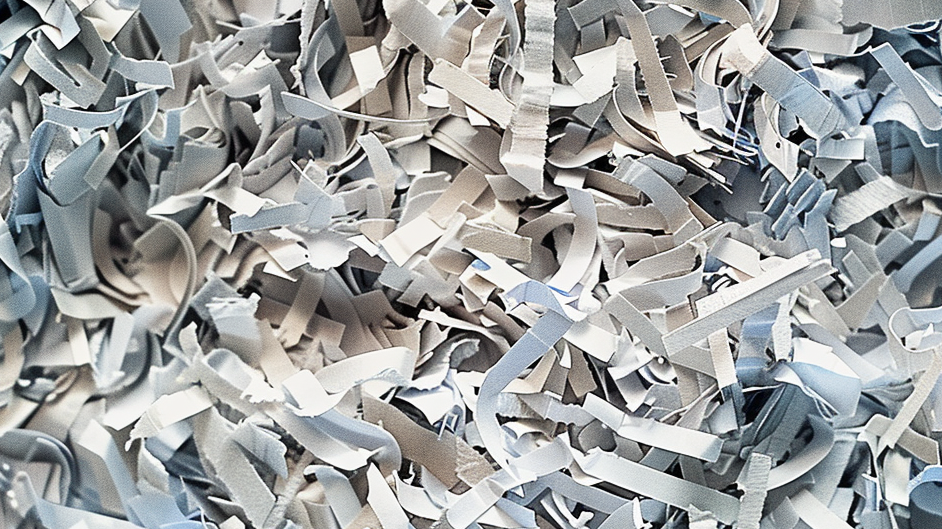
In today’s environmentally conscious world, the importance of responsible waste management cannot be overstated. Paper, a ubiquitous material in our daily lives, is a significant contributor to both waste and recycling efforts. Two common methods of dealing with paper waste are paper shredding and recycling. In this blog post, we will explore the key differences between paper shredding and recycling, and why both play crucial roles in sustainable waste management.
Paper Recycling:
Paper recycling is a process that involves collecting, sorting, and processing paper materials to create new paper products. The goal is to reduce the demand for fresh raw materials and minimise the environmental impact associated with paper production. Recycling plants use various techniques to break down paper into its fibers, which are then used to manufacture recycled paper products.
Benefits of Paper Recycling:
- Conservation of Resources: Recycling paper helps conserve forests and reduces the need for logging, preserving valuable ecosystems.
- Energy Savings: Producing recycled paper requires less energy compared to making paper from virgin wood pulp, contributing to lower carbon emissions.
- Waste Reduction: By recycling paper, we divert significant amounts of waste from landfills, promoting a more sustainable waste management system.
Paper Shredding:
Paper shredding involves the destruction of confidential or sensitive documents to prevent unauthorised access. This process is often employed by businesses, government agencies, and individuals to protect sensitive information from identity theft or data breaches. Shredded paper is typically reduced to small, unreadable pieces. Learn more about the importance of secure paper shredding.
Benefits of Paper Shredding:
- Identity Protection: Shredding documents containing personal or sensitive information helps prevent identity theft and ensures the confidentiality of sensitive data.
- Legal Compliance: Many businesses are required by law to protect and dispose of sensitive information properly. Paper shredding helps organisations comply with privacy and data protection regulations.
- Secure Waste Disposal: Shredding ensures that sensitive information is permanently destroyed, providing a secure method of waste disposal for confidential documents.
Differences Between Paper Shredding and Recycling:
- Purpose:
- Recycling: Focuses on reusing paper materials to create new products, reducing the demand for fresh raw materials.
- Shredding: Primarily aimed at destroying confidential information to prevent unauthorised access and protect privacy.
- Output:
- Recycling: Produces recycled paper products for general use.
- Shredding: Results in shredded paper fragments that are often recycled after the destruction process.
- Process:
- Recycling: Involves collection, sorting, and processing of paper to extract fibers for creating new paper products.
- Shredding: Mechanically shreds paper into small, unreadable pieces, ensuring the secure disposal of confidential information.
Conclusion:
Both paper recycling and shredding are integral components of a comprehensive waste management strategy. While recycling contributes to the sustainable use of resources and waste reduction, shredding plays a crucial role in safeguarding sensitive information and complying with privacy regulations. By understanding the differences between paper shredding and recycling, individuals and organisations can make informed decisions to support a more environmentally friendly and secure waste management system.
Latest news articles




